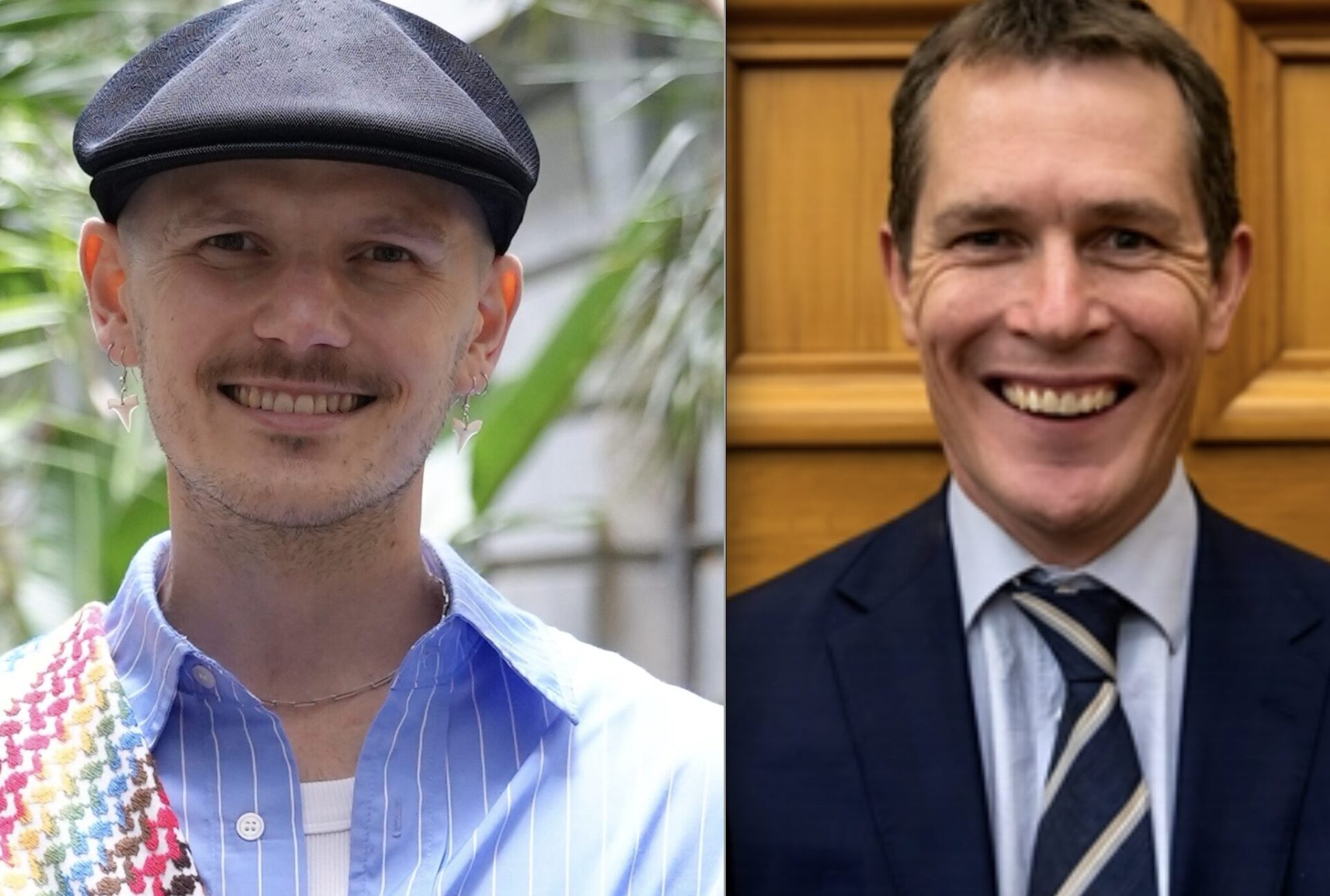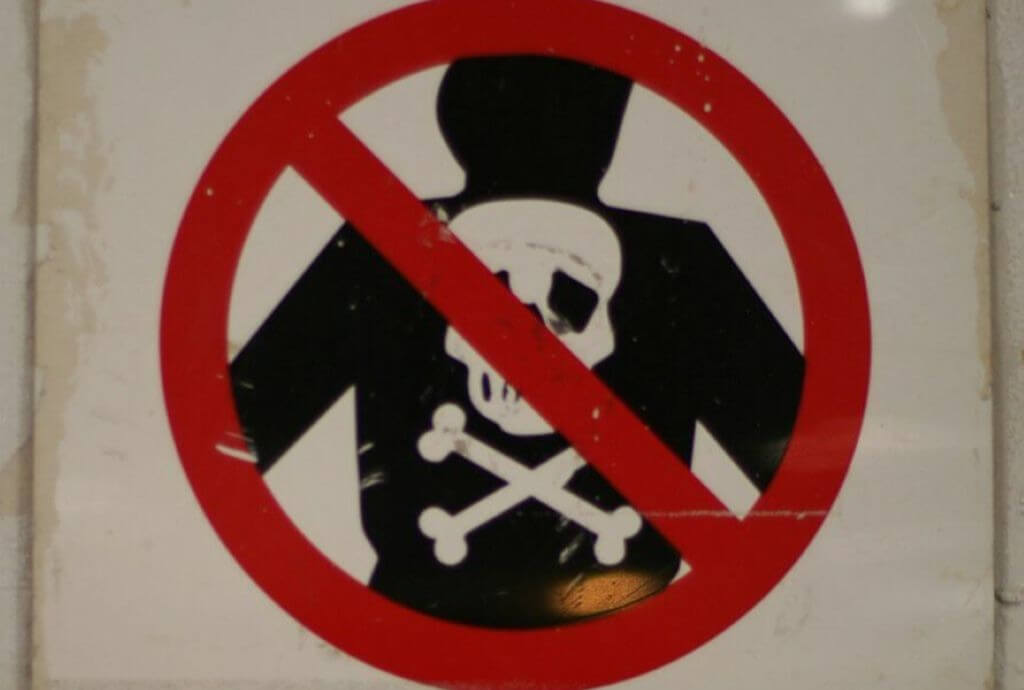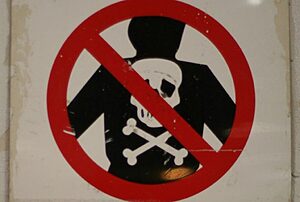In brief
- NZ Herald gave Green MP Benjamin Doyle 4,000+ words of forensic coverage.
- National MP Hamish Campbell got 1,300 words and no expert input.
- Doyle’s social media scandal, with no police angle, was softened by cultural context and framed as a moral panic.
- Campbell’s ties to a sect under FBI/NZ Police investigation were treated suspiciously, despite no wrongdoing by Campbell being alleged.
- The MP who posted the controversial content was protected; the MP who didn’t was pursued.
- Do The Herald’s rules change depending on politics?
How headlines shape the narrative
The NZ Herald gave Green MP Benjamin Doyle sympathetic context and nuance, and National MP Hamish Campbell a scandal headline laced with suspicion. The difference raises questions about the publication’s editorial bias and framing in shaping political narratives.
The Herald’s article by David Fisher on Doyle is titled “Anatomy of a scandal” – a phrase that suggests careful, forensic dissection. It sounds neutral, clinical, and serious. But when Campbell came under the lens, the Herald’s Anna Leask opted for: “Deeply embedded in religious group under FBI investigation.” This headline is emotionally loaded, vague, and hints at guilt by association.
The message here is that one gets a dispassionate explainer. The other gets something akin to a tabloid exposé.
The word count tells a story
Doyle’s coverage spans beyond 4,000 words, drawing on over ten sources and layered legal, cultural, political, and safety context.
Campbell’s piece is just 1,300 words, relies almost entirely on anonymous former members, and lacks political or legal exploration. This is despite Leask being the Herald’s senior crime and justice reporter.
Despite the FBI and NZ Police being involved in Campbell’s case (even if not directly investigating him), the Herald offered less scrutiny and far less depth.
Doyle gets nuance, Campbell gets suspicion
Fisher’s Doyle piece includes:
- Legal analysis from a defamation KC
- Quotes from ECPAT, Auckland Pride, linguists, MPs, and disinformation researchers
- Discussion of deleted posts, tattoo symbolism, and slang linguistics
Leask’s Campbell’s piece has:
- No experts
- No police or FBI quotes
- No input from National Party leadership
- No analysis of his legislative role or political implications
Language and tone: one softened, one sharpened
Doyle is described using phrases like “irreverent,” “memeified,” and “subset of rainbow community.” He’s presented as misunderstood and embattled, a victim of moral panic.
Campbell, by contrast, is said to be “embedded” in a “secretive,” possibly “cult-like” religious group. His faith is treated as suspicious. Downplaying involvement is framed as deceptive.
Named defenders vs. anonymous critics
Doyle’s defenders are prominent, or at least apparently thought to be, and quoted by name: Sanjana Hattotuwa, Bhenjamin Goodsir, legal experts, and even Winston Peters.
In the case of Hattutowa, the mainstream media has come under fire before for accepting his controversial analysis uncritically.
Campbell’s critics are all unnamed – just “former members” or “sources familiar.” There’s no one quoted defending him. Luxon gives a vague quote, and there’s zero comment from law enforcement.
Political stakes: one is protected, the other exposed
The Doyle article focuses on the ethics of public backlash, online abuse, and media responsibility. It contextualises Doyle’s experience in terms of LGBTQIA+ identity and safety.
Campbell’s coverage avoids any discussion of these same perspectives.
Neither the Doyle nor the Campbell coverage explores how their beliefs might shape political decisions or asks how or why the respective party addressed the issue at the candidate vetting stage. That would have been nice, but at least it was equal for both.
Stochastic(random) terrorism vs. silence
In Doyle’s piece, concern about his Instagram posts is framed as part of a dangerous online “hostility network,” invoking terms like “stochastic terrorism” and “radicalised justice-seeking.”
No such language is used in Campbell’s article, despite the group in question being under active investigation for abuse. There were no warnings about lone wolves or moral panic.
The child protection double standard
Doyle posted “Bussy Galore” alongside a photo with a child (his own). The term “bussy” is widely recognised as sexual slang. But the Herald explains this away as “queer linguistic reclamation.”
Campbell is part of a group facing FBI and police investigations over alleged child sex abuse. But the article never connects him directly to children or abuse.
Somehow, the MP who authored the controversial content is shielded. The one adjacent to it is targeted.
Narrative tricks: who gets what
| Narrative Technique | Doyle Coverage | Campbell Coverage |
| Cultural reframing | Yes – “queer slang,” “subcultural” | No |
| Victimisation narrative | Yes – facing threats, safety concern | No |
| Legal commentary | Yes – defamation KC quoted | No |
| Language defence | Yes – “bussy” explained fully | No defence of Christian terms |
| Disinformation spin | Yes – “hostility networks” cited | No |
| Focus on critics | Yes – HolyHeka, Peters, O’Brien | No scrutiny of leakers or critics |
| Accusatory framing | No | Yes – “deeply embedded,” “lied” |
| Delay justification | Yes – child privacy concerns | None |
Why FBI and police involvement doesn’t excuse Herald’s editorial imbalance
Doyle’s scandal had no police angle at all, no investigation, no complaint, no police comment. Yet the Herald delivered a 4,000-word exposé quoting legal experts and queer theorists.
Campbell isn’t under investigation – the Two by Twos are under investigation, not Campbell personally. There are no abuse claims against him. Yet the headline makes him the story.
Journalistic caution is applied backwards. The story with no police interest gets maximum care and balance. The one with international law enforcement interest gets rushed coverage with anonymous quotes and no expert commentary.
It seems like the difference is political more than legal because Campbell’s conservative Christianity makes him an easier target, at least for some. Doyle’s progressive identity shields him. It also seems like the framing shows which narratives the Herald wants to protect—and which it’s happy to torch.
Bias in plain sight
If Doyle’s scandal merited a deep dive with legal and cultural framing, so did Campbell’s.
Does the difference in coverage reveal an unspoken rule at the Herald: one standard for identity-aligned progressives, another for everyone else?



















